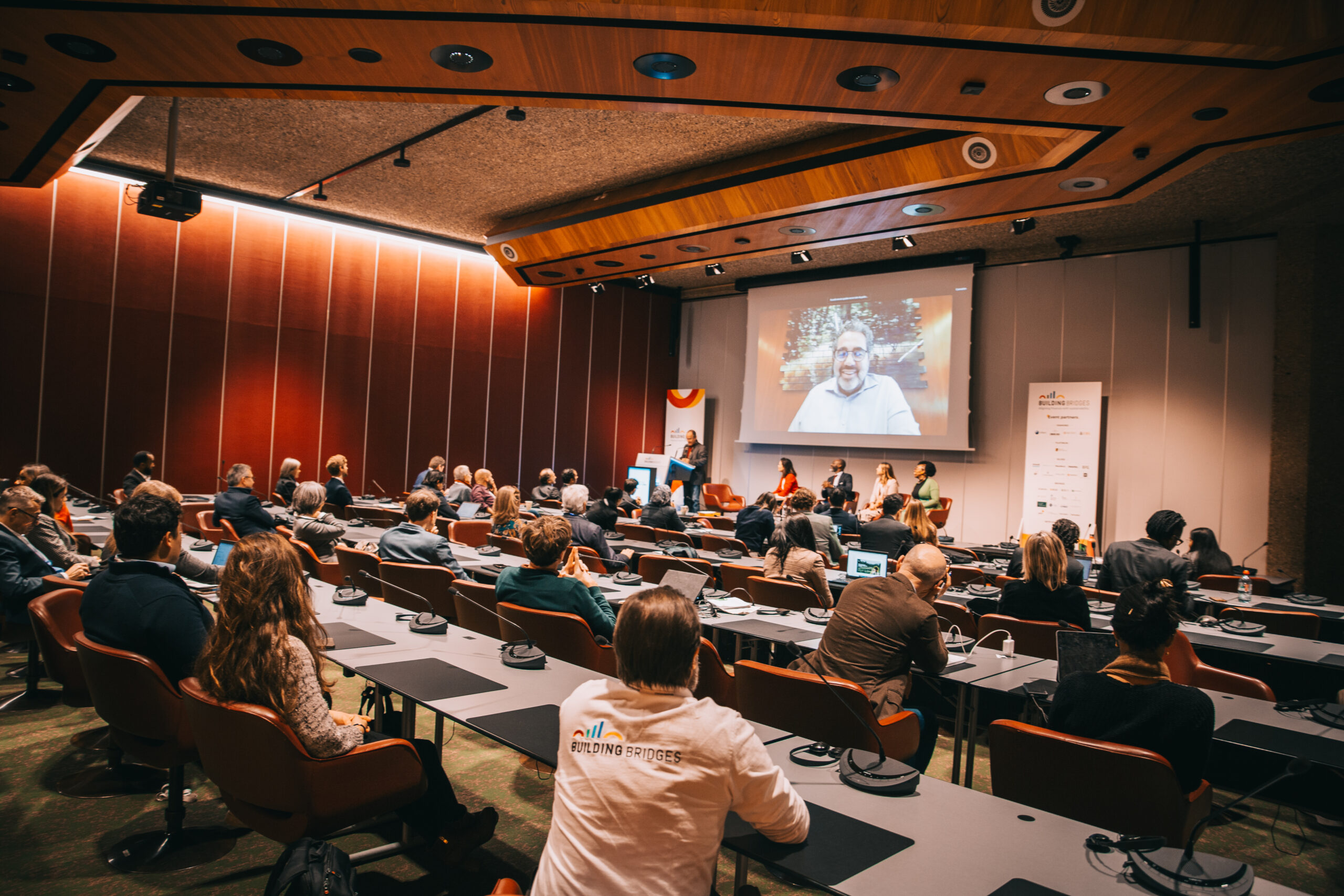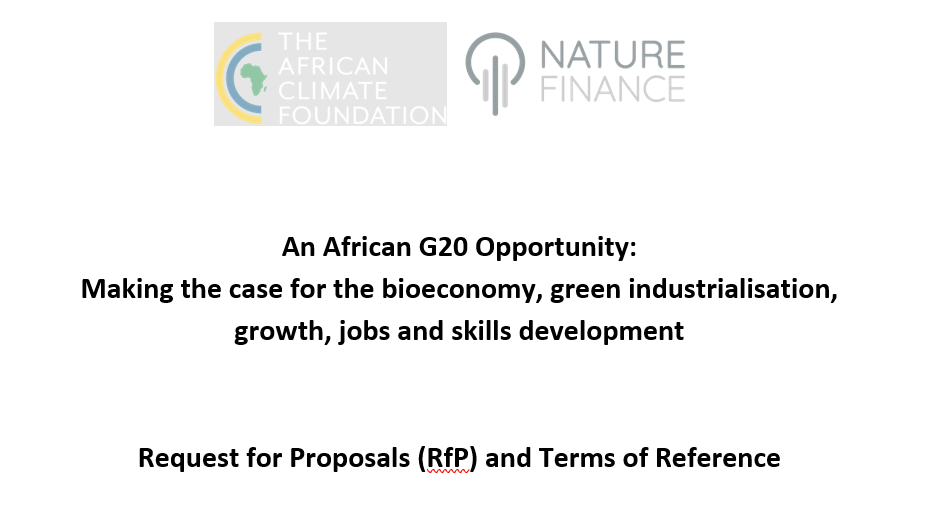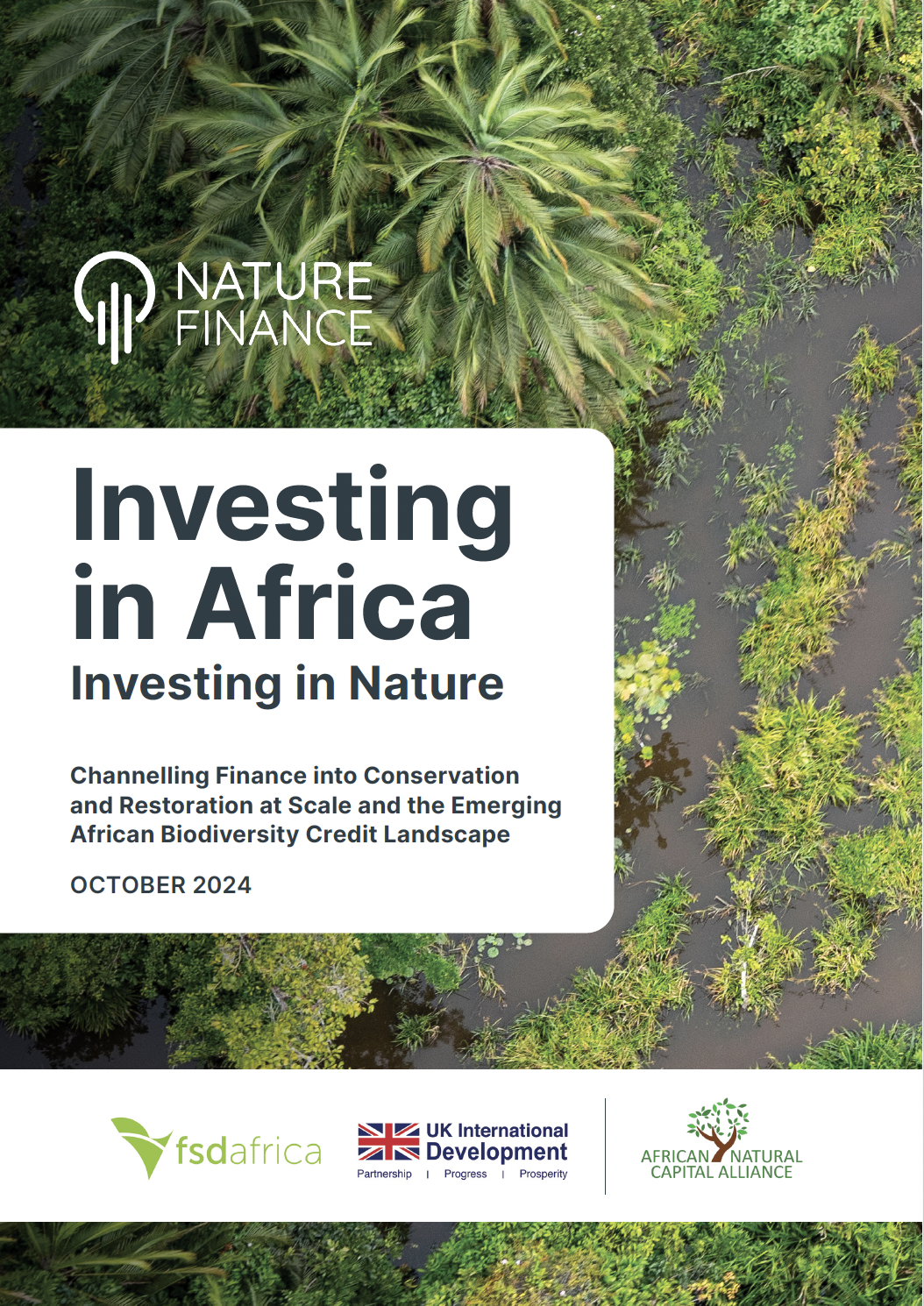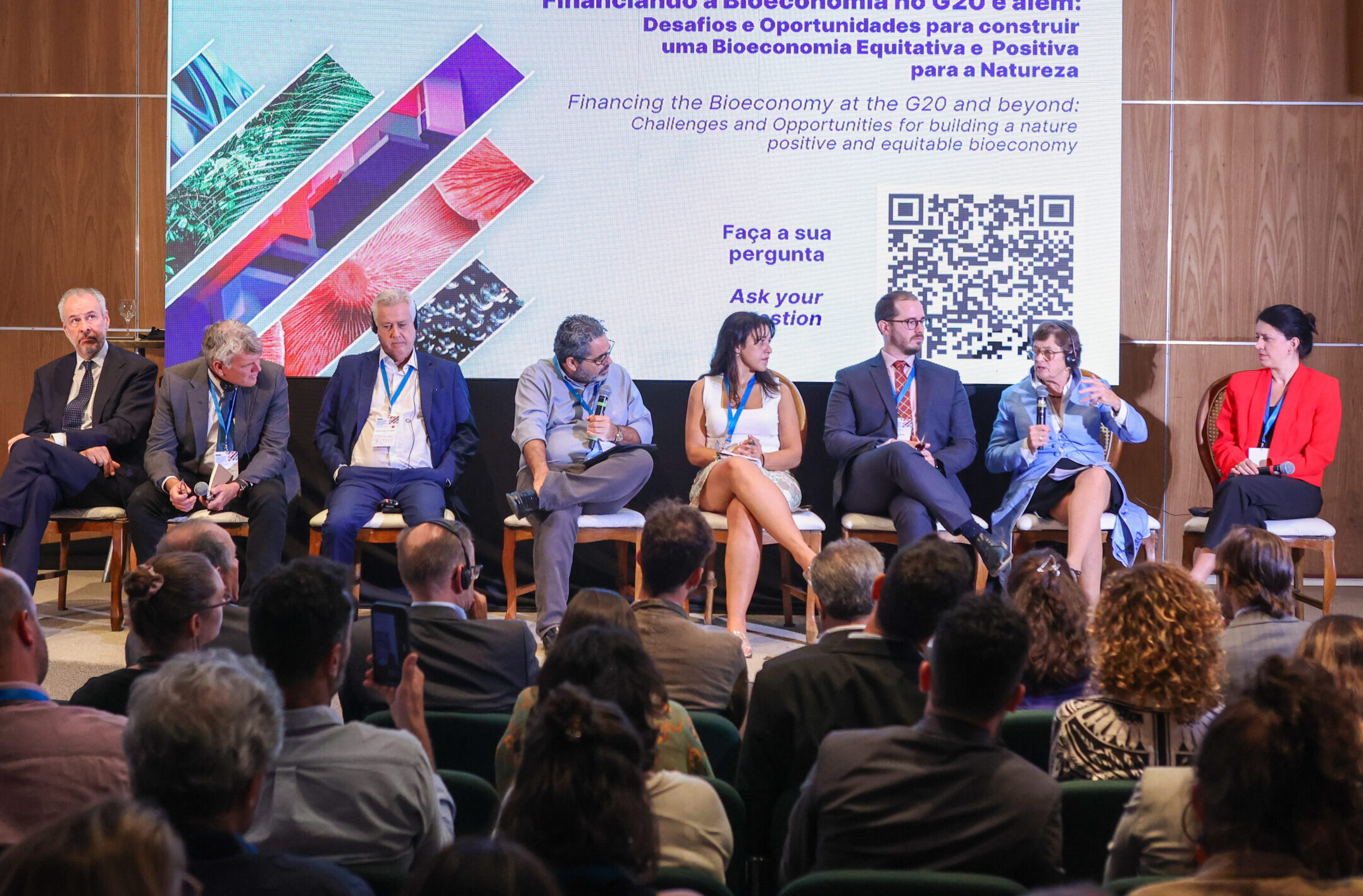FIVE KEY TAKEAWAYS
The 16th meeting of the Conference of the Parties to the Convention on Biological Diversity (COP 16) was suspended after twelve days of negotiations, but not before countries agreed on an expanded role of Indigenous Peoples and local communities in saving biodiversity, and a groundbreaking agreement for a new global mechanism to share benefits from digital genetic information.
1. “Cali Fund” Launched: Sharing the Benefits from Digital Genetic Information
Having agreed at COP 15 to establish a multilateral mechanism, including a global fund, to share the benefits from uses of digital sequence information on genetic resources (DSI) more fairly and equitably, delegates at COP 16 advanced its operationalization. It addresses how pharmaceutical, biotechnology, animal and plant breeding and other industries benefiting from DSI should share those benefits with developing countries and Indigenous Peoples and local communities. Under the agreed guidelines, large companies and other major entities benefiting commercially from DSI uses should contribute to “the Cali Fund,” based on a percentage of their profits or revenues. It exempts academic, public research institutions and other entities using DSI but not directly benefiting. This agreement marks a precedent for benefit-sharing in biodiversity conservation with a fund designed to return some of the proceeds from the use of biodiversity to protect and restore nature where help is needed most.
2. Strengthening the role of Indigenous Peoples and Local Communities in Biodiversity Efforts
Parties adopted a new Programme of Work setting out specific tasks to ensure the meaningful contribution of Indigenous peoples and local communities towards the three objectives of the Convention ((a) the conservation of biological diversity, b) the sustainable use of biological diversity, and c) the fair and equitable sharing of benefits), as well as the implementation of the Framework. Through this programme, rights, contributions and traditional knowledge of Indigenous peoples and local communities are further embedded in the global agenda.
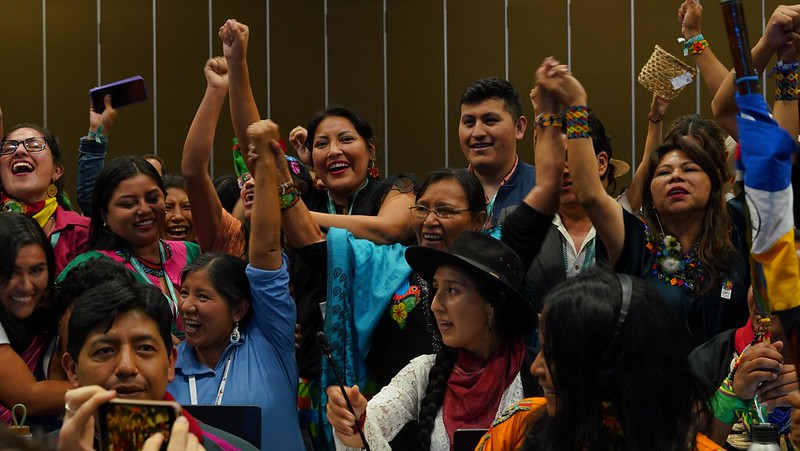
3. Funding Biodiversity: A Strategy for Resource Mobilization
Parties at COP 16 will resume discussions to approve a new “Strategy for Resource Mobilization” to help secure $200 billion annually by 2030 from all sources to support biodiversity initiatives worldwide. Another is the redirection by 2030 of $500 billion per year in subsidies that harm biodiversity. Parties will also look at the possible creation of a new dedicated global financing instrument for biodiversity to receive, disburse, mobilize and articulate funding needs. Outside of the negotiations, the elements of a nature finance operating system are visible and in varied stages of development, noting the launch of TNFD’s Nature Data Public Facility. as one example. In addition, various civil society actors came together to develop practice standards for sovereign debt conversions for nature and climate.
4. The emergence of biodiversity credit markets marked by the launch of the framework by the International Advisory Panel on Biodiversity Credits
The International Advisory Panel on Biocredits (IAPB) released its eagerly awaited framework for advancing principles-based, high integrity, and impactful biodiversity credit markets. This framework covered critical issues such as the need to focus on local-to-local, public driven compliance and the importance of and ways to ensure that such markets support rights of Indigenous Peoples, fair remuneration and equitable access. Going forward, there is a key role for governments in establish and enforce a robust basis for such markets to support positive outcomes for nature, people and climate. NatureFinance released its African landscape report on biocredits.
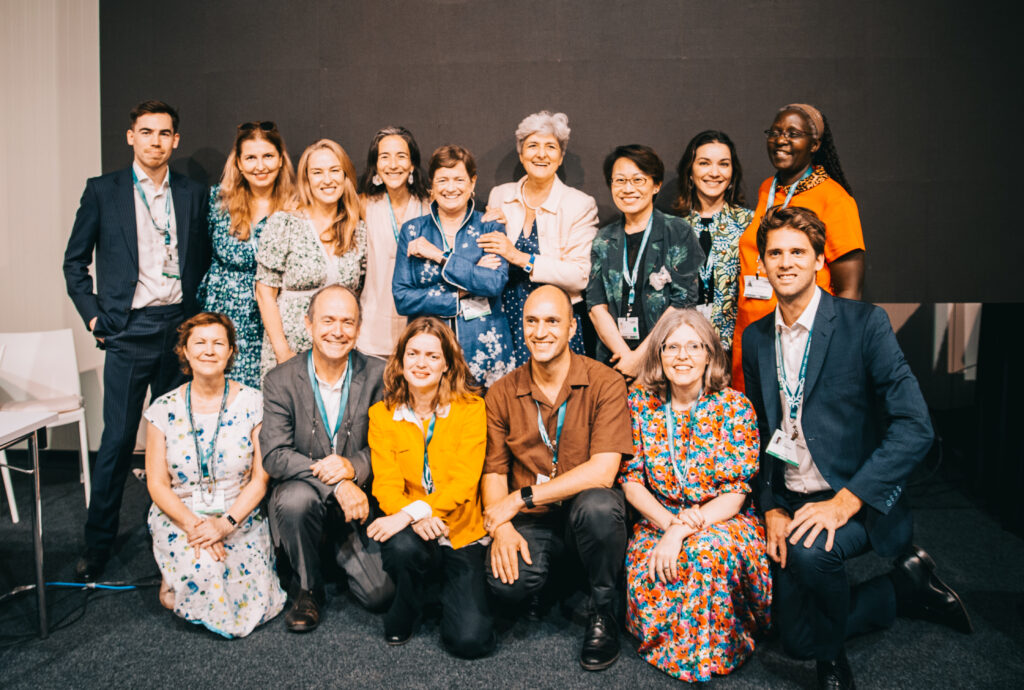
5. The emergence of the bioeconomy as the ‘currency of choice’ in framing real economy dynamics
The bioeconomy is a powerful strategy to integrate agendas by combining nature-based solutions with innovation, value chains of bioproducts, and market connections, driving the necessary economic transformation. Discussions focused on translating the G20’s high-level bioeconomy principles – sustainability, circularity and innovation – into practical frameworks that balance biodiversity protection with sustainable resource use. Discussions also reiterated the need for inclusive, biodiversity-centric bioeconomic approaches that cater to local communities. The Colombian Presidency voice articulated the need for structural changes to the global economy and financial system.
NatureFinance at COP16
NatureFinance promoted and joined dozens of events to advance action in cross-cutting agendas, including the bioeconomy, biodiversity credits, trade and regulation, financing biodiversity, and debt. –
– Access our full programme here
– Review our COP16 daily wrap-ups here
– Photo Gallery (click on the image for better view)
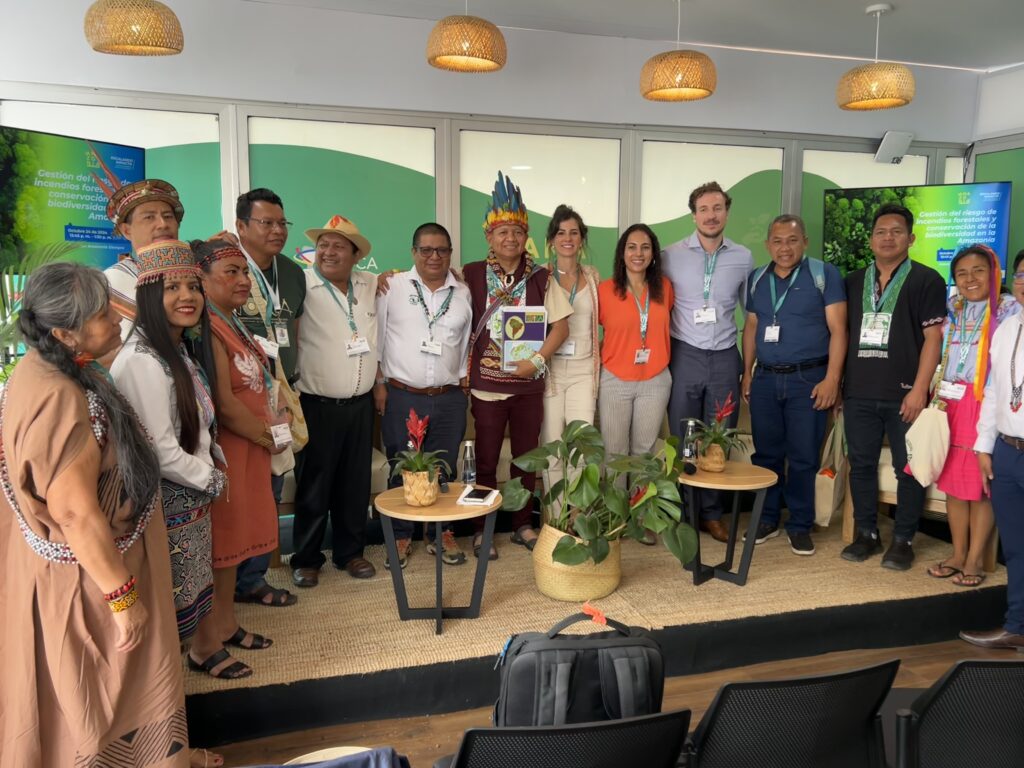
in the allocation of resources and benefits across diverse communities, particularly Indigenous peoples and local communities.
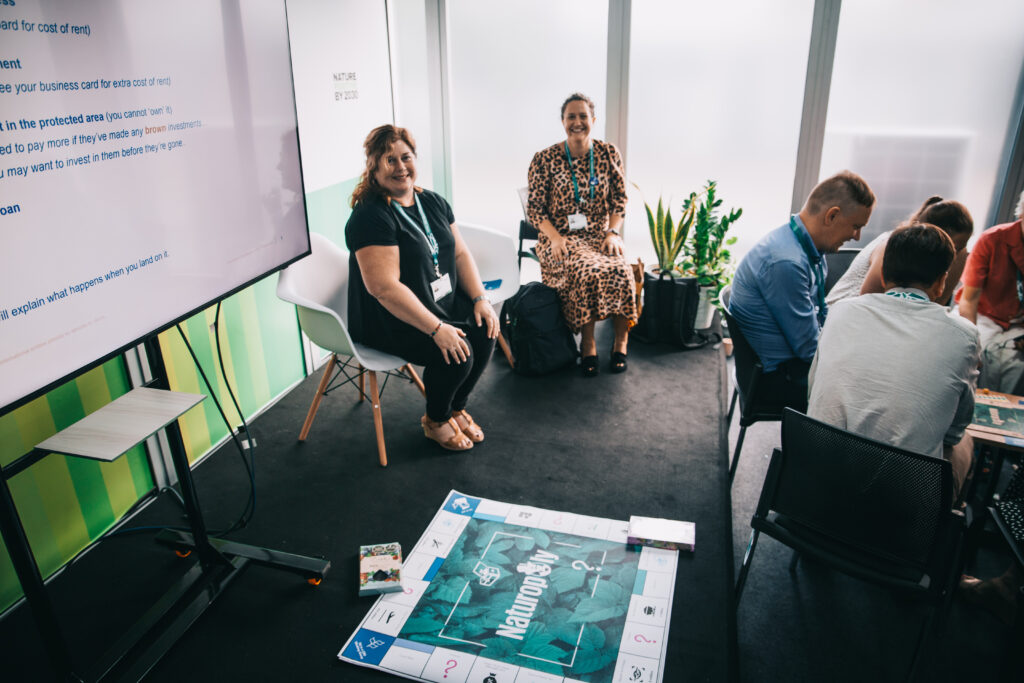
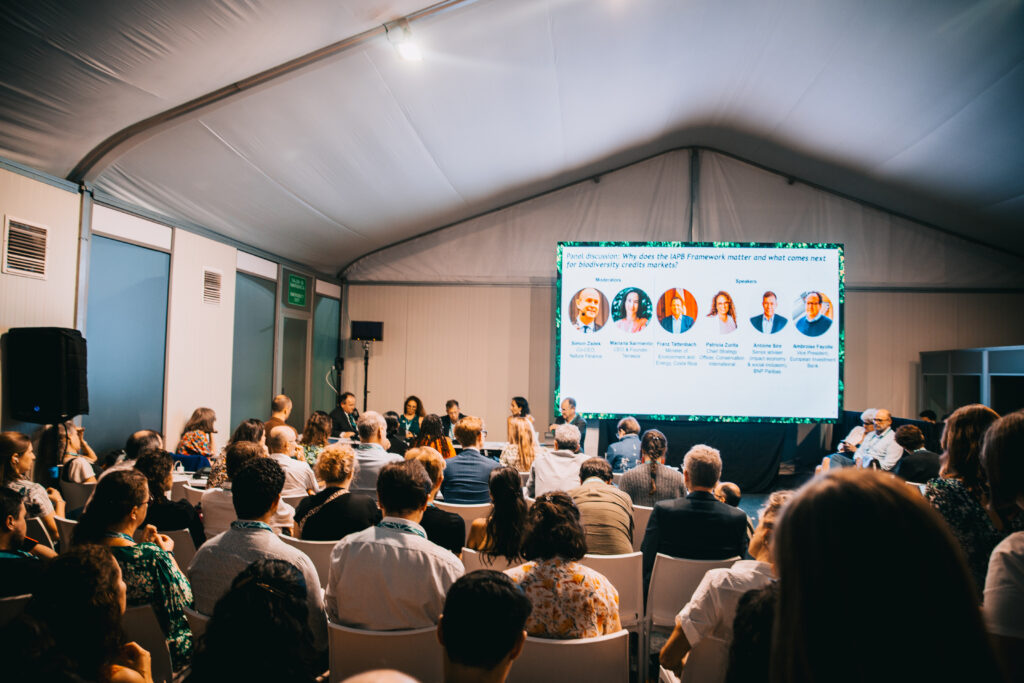
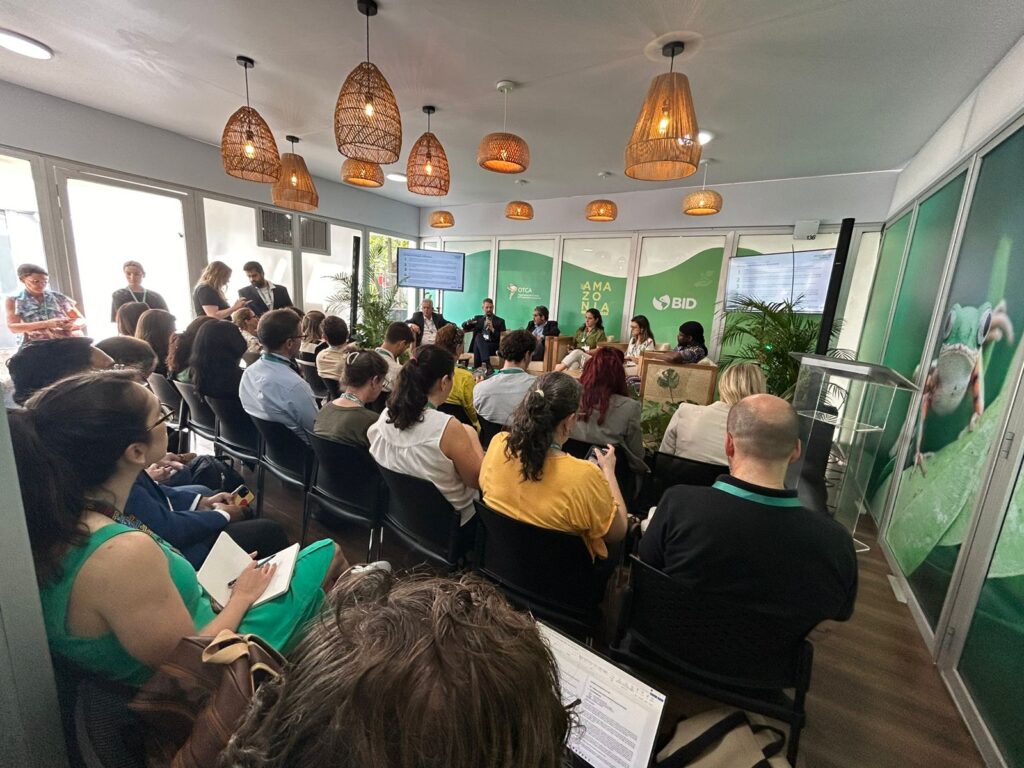
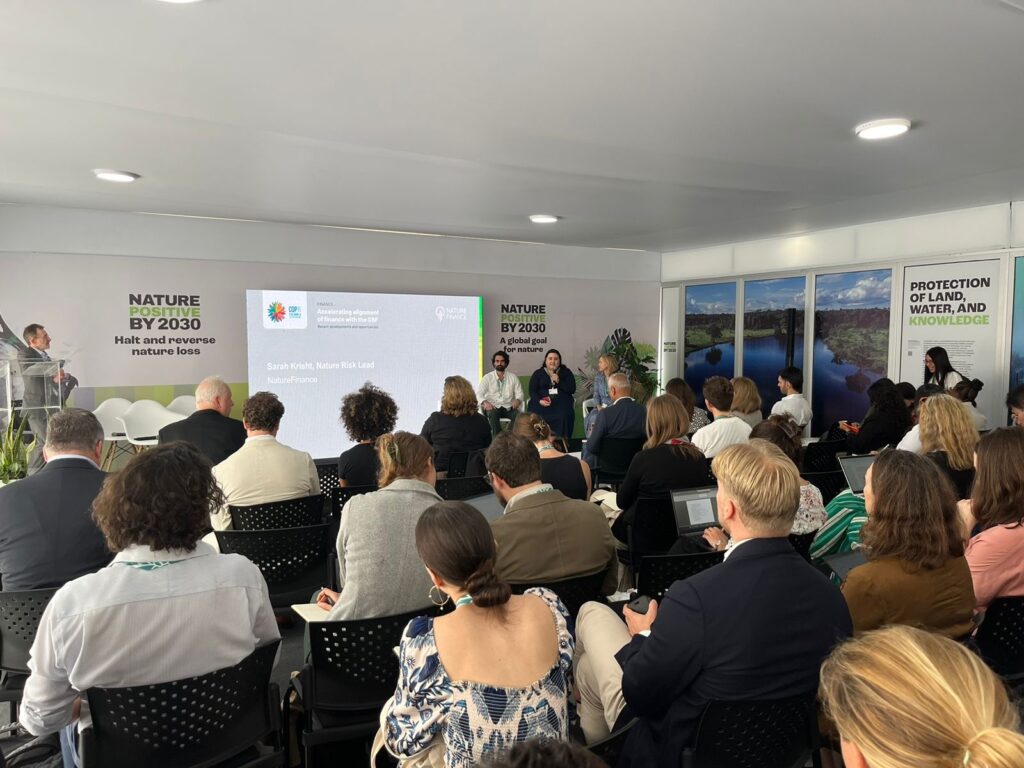
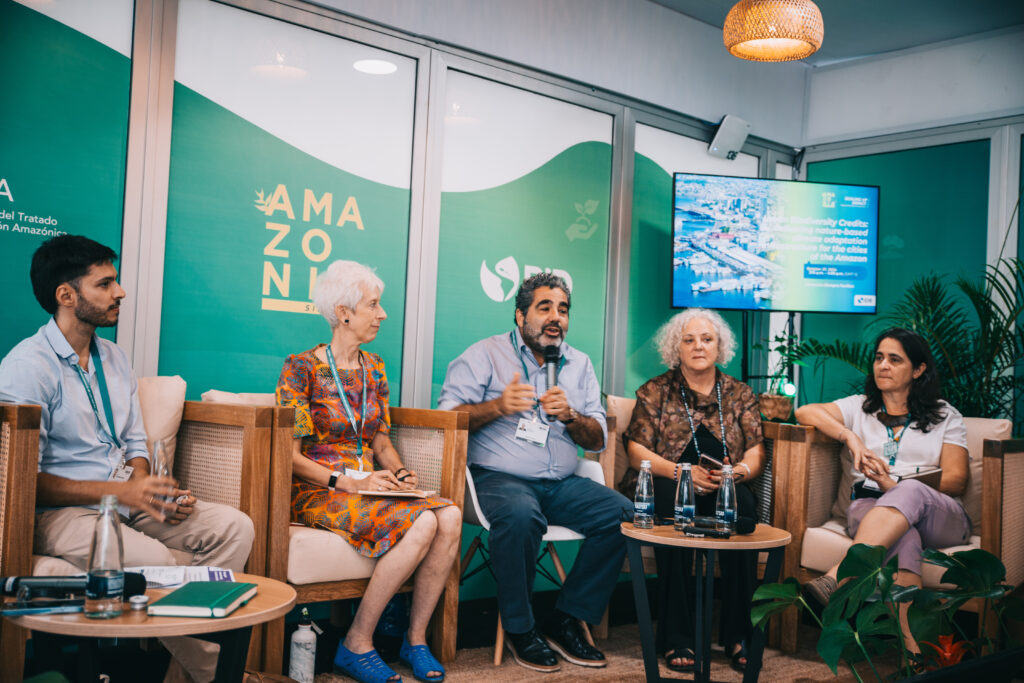
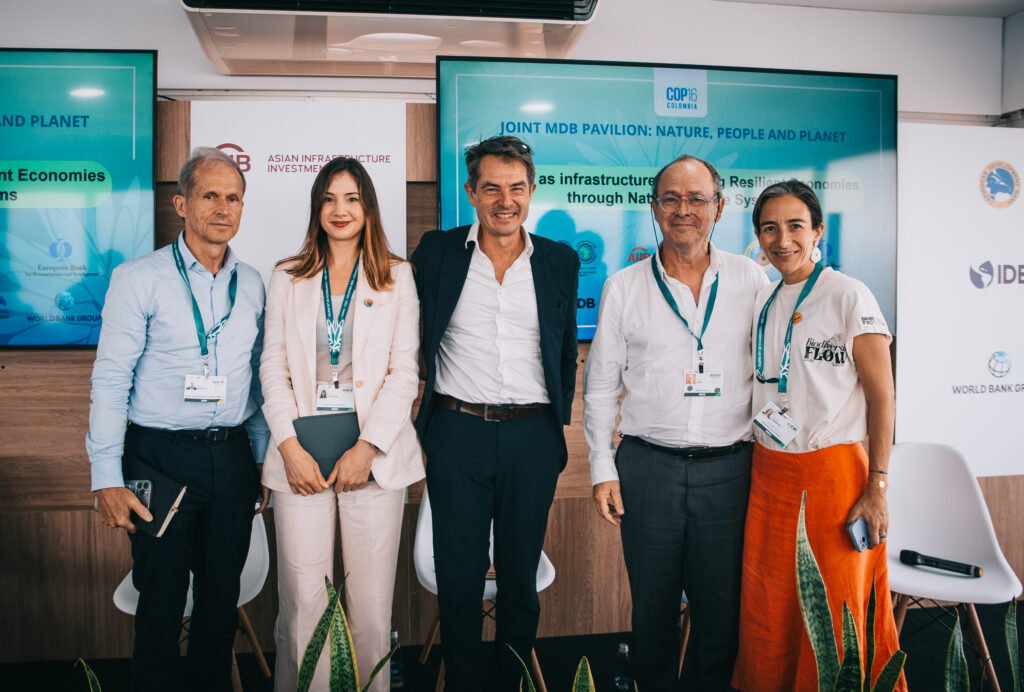
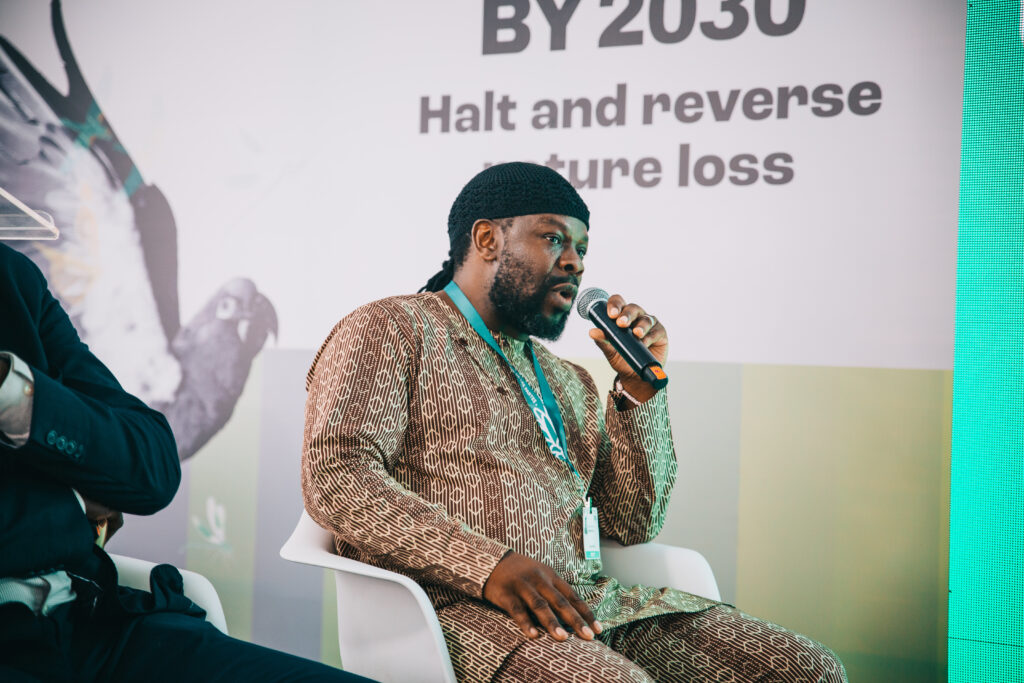
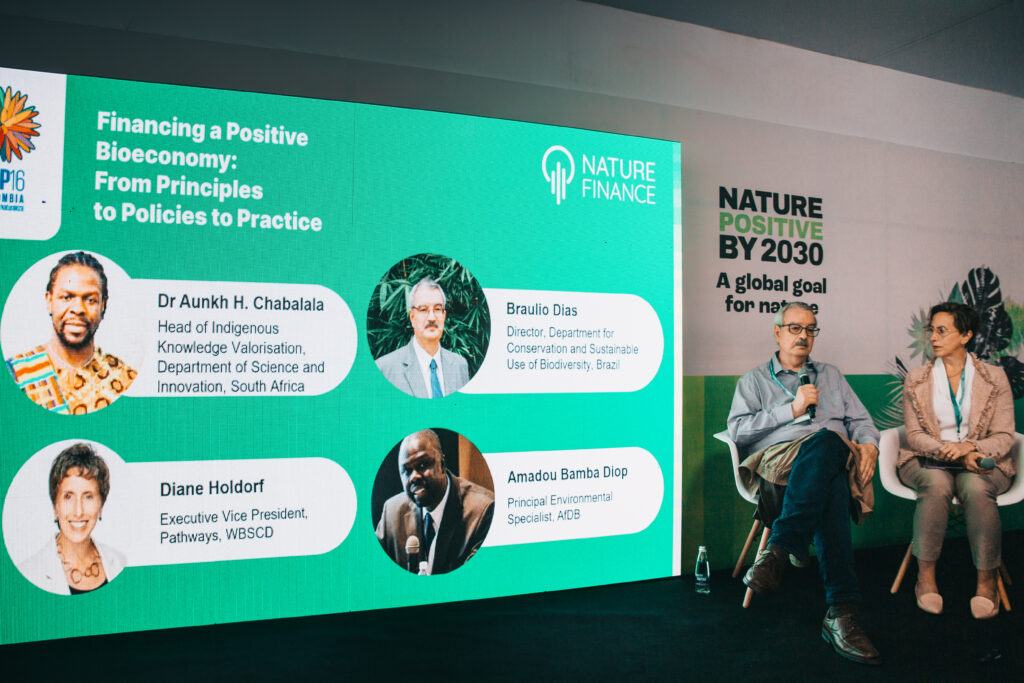
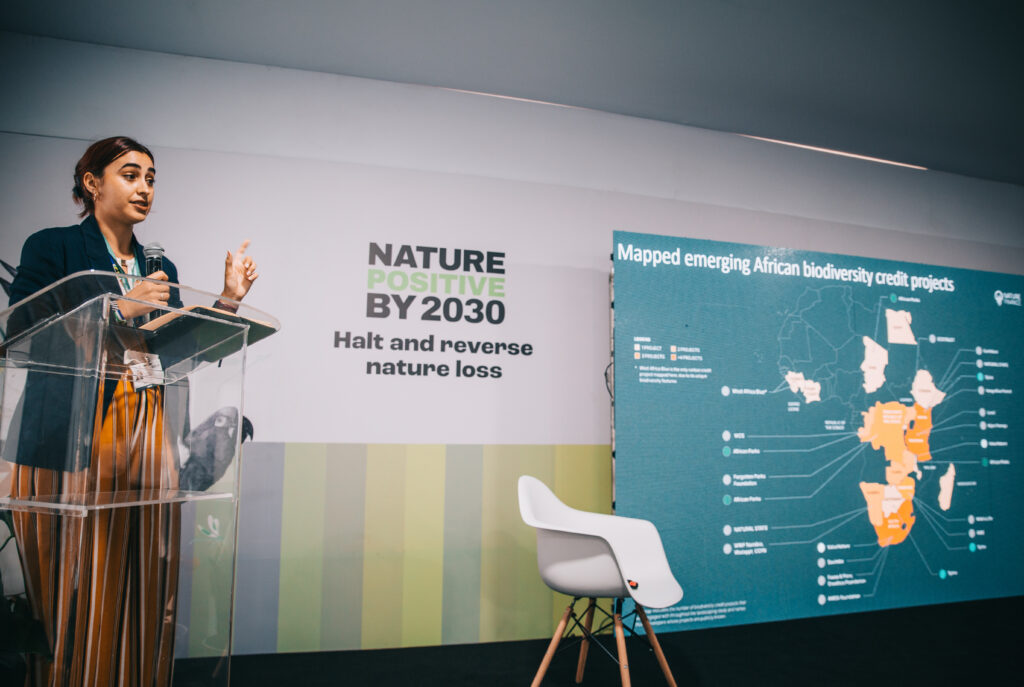
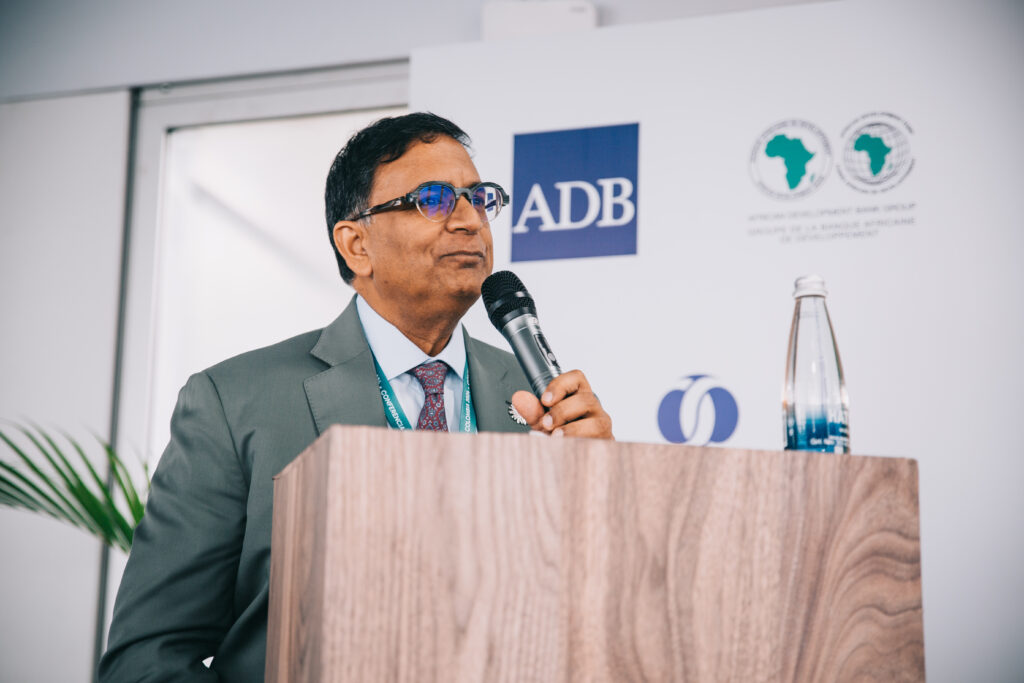
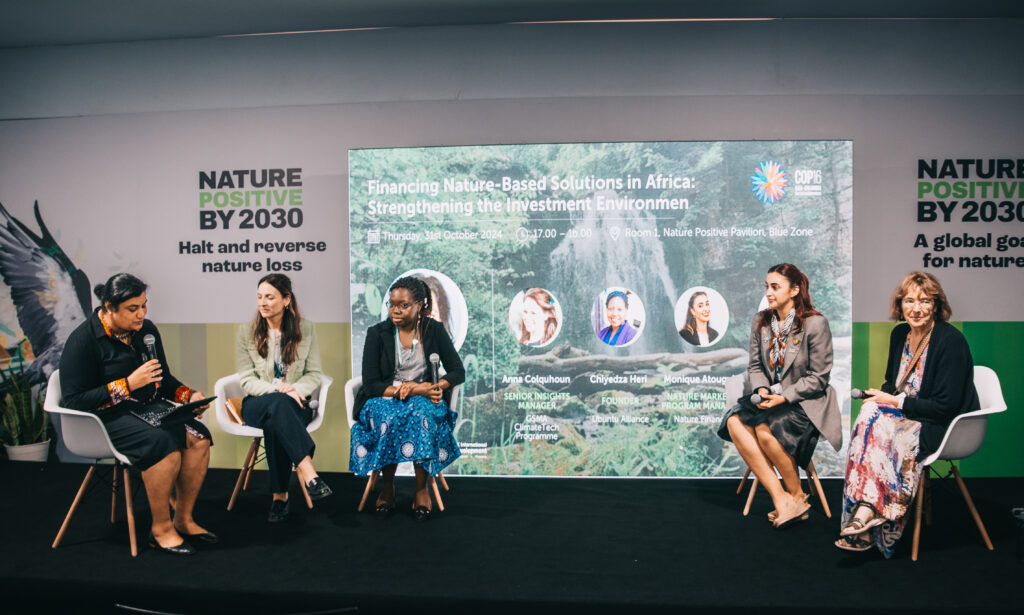
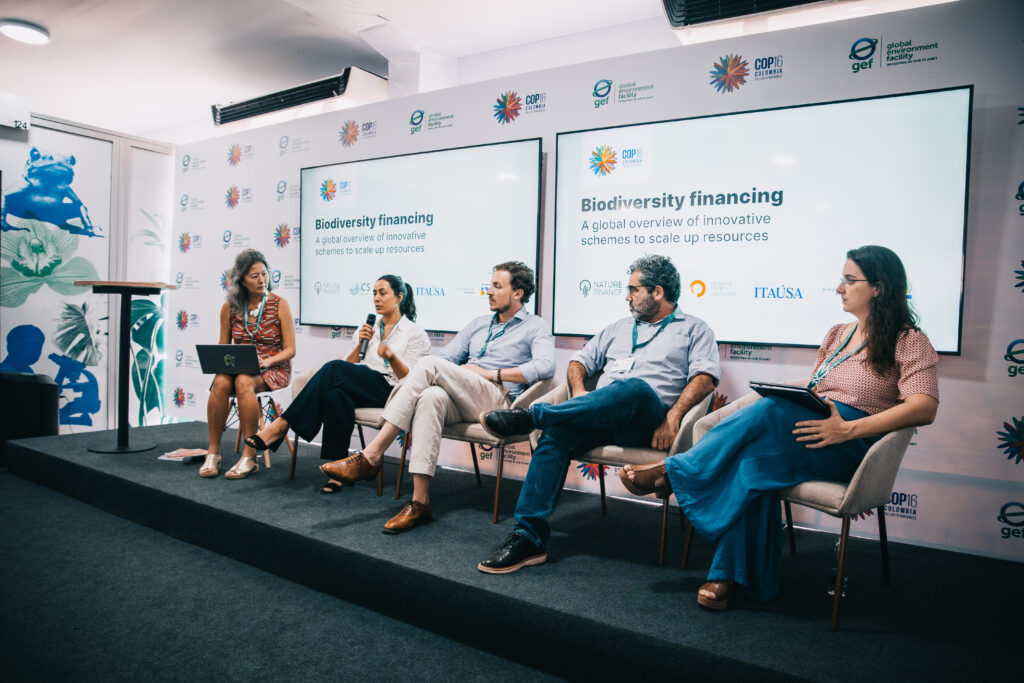
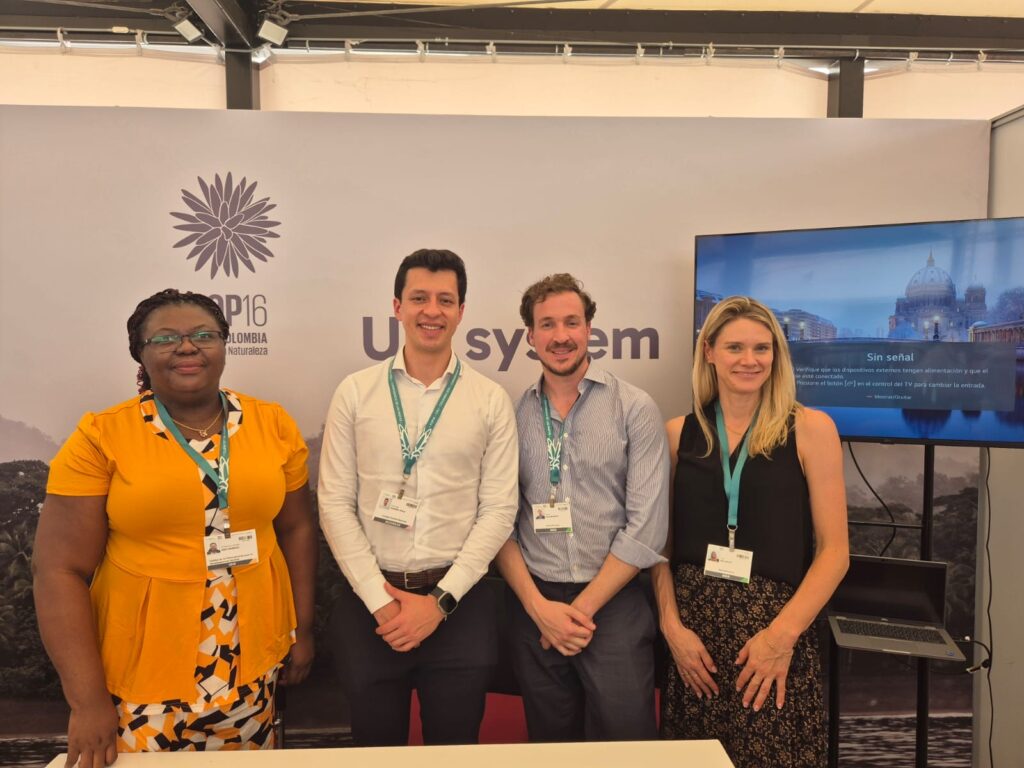
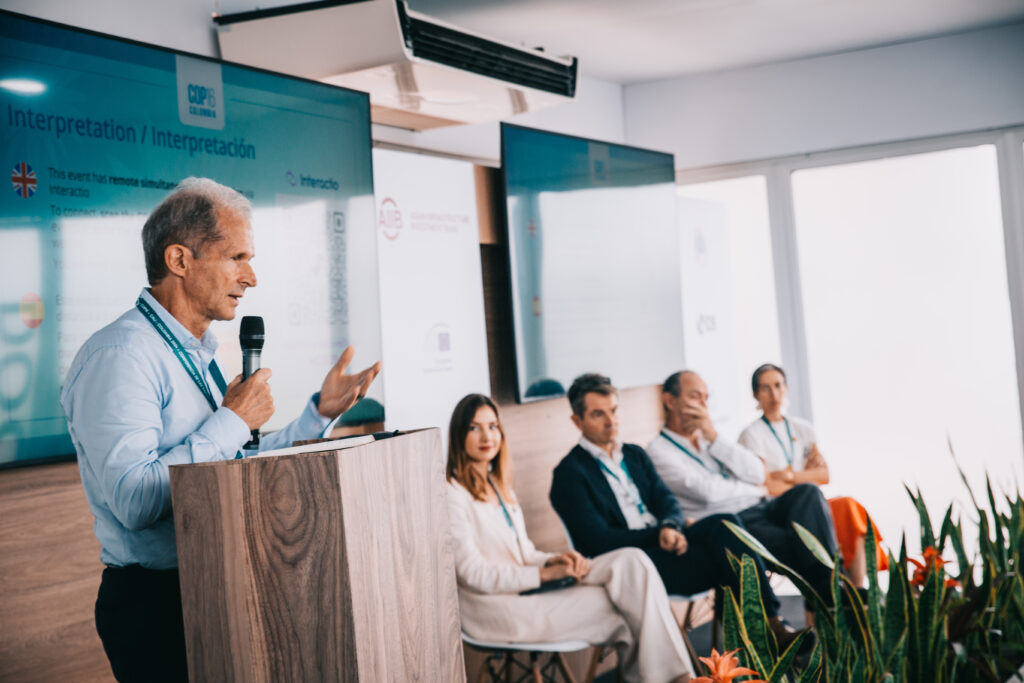
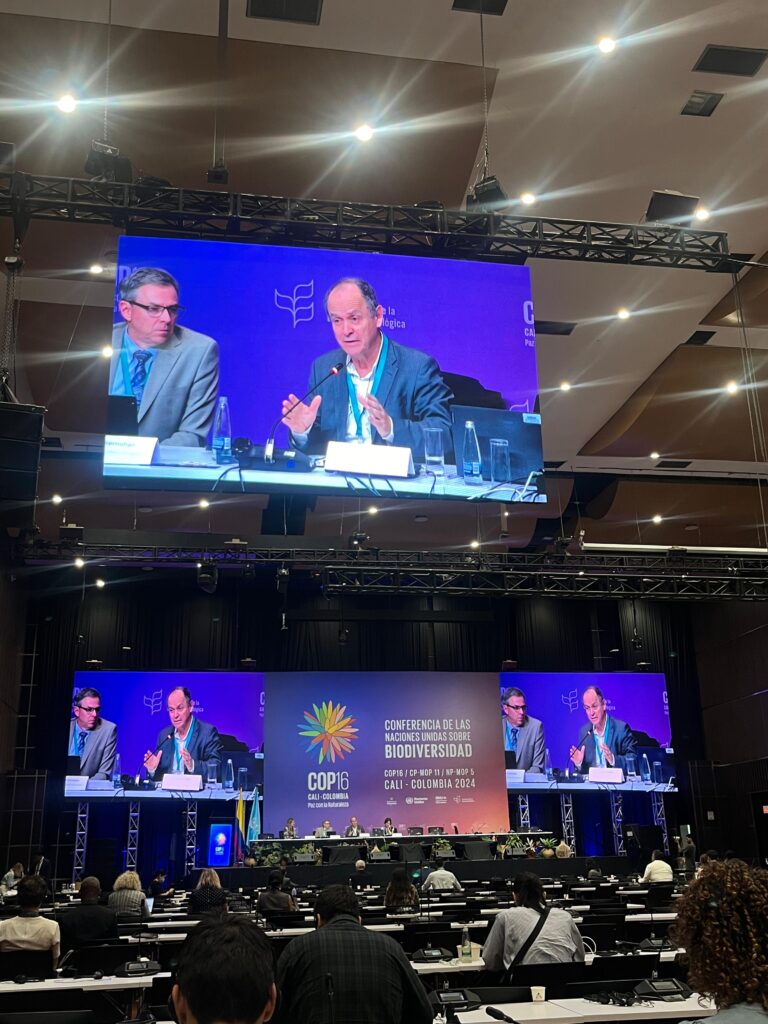

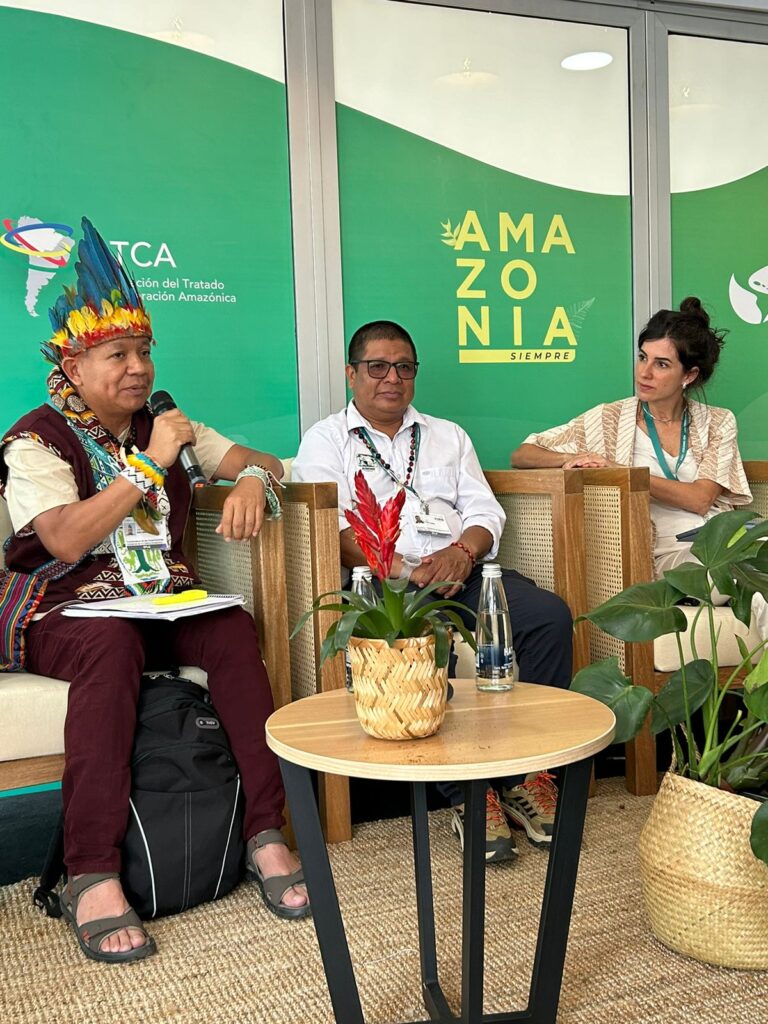
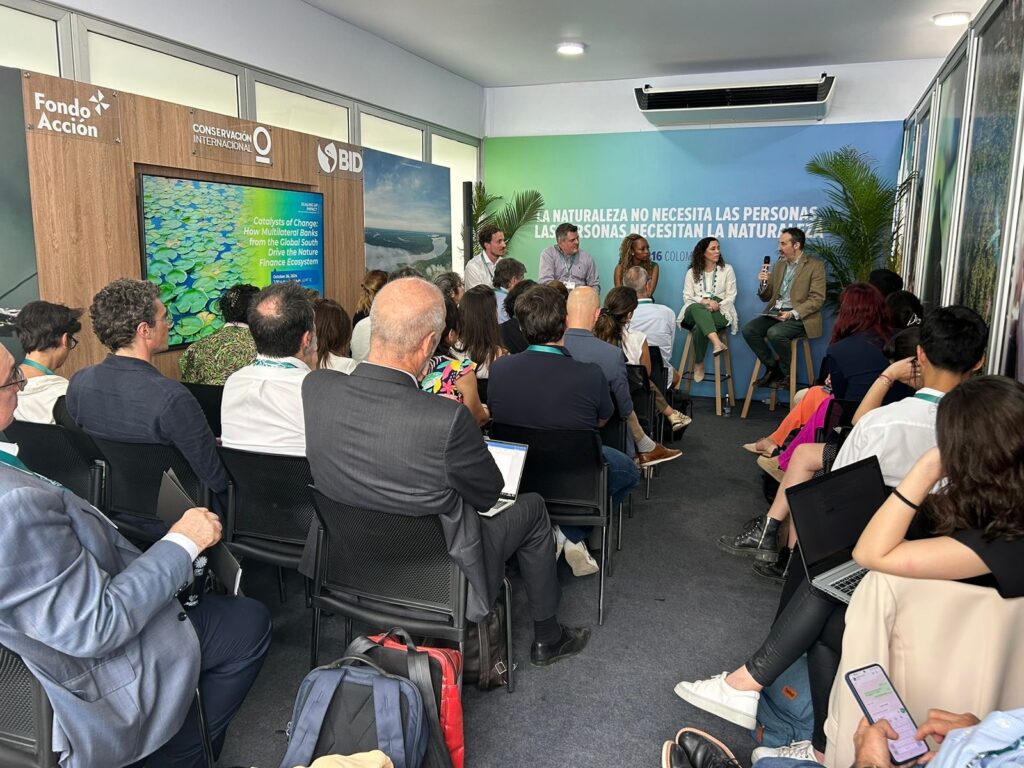
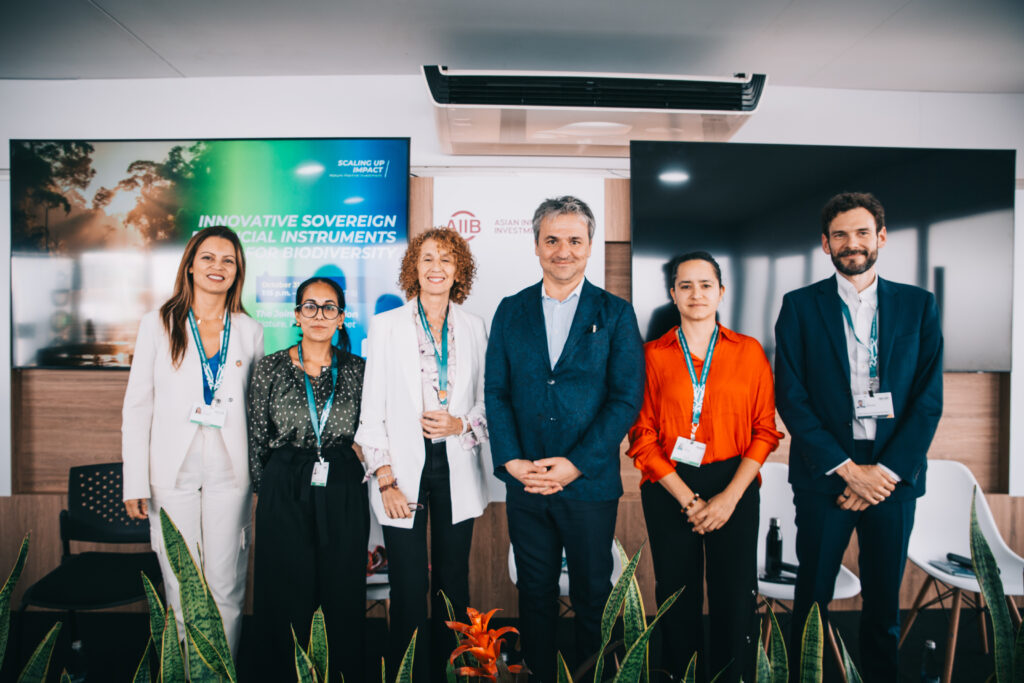
New video launched at COP16
Media
Nature, ‘A big, big win’: plan to pay for wildlife conservation emerges at biodiversity Summit
AG Feed News, Na COP, créditos de biodiversidade ganham (finalmente) a atenção do mundo – ainda com poucos recursos
Le Monde, Biodiversité : les Etats peinent à s’attaquer au sujet crucial des subventions néfastes
ESG Investor, Boom or Bust for Biodiversity Credits in 2025
Project Syndicate, Op-ED by Almir Suruí and Simon Zadek, Making Biodiversity Credits Work
Forbes, COP16 Calls For Action On Nature Positive Future
African Business, Spotlight shines on African biodiversity credits at COP16
Carbon Pulse, ANALYSIS – Who wants to talk about debt?
Carbon Pulse, BRIEFING – Whose funds it anyway?
In Case You Missed It
21/10 – From Funding Nature to Financing it – watch here (at 5:00:00)
23/10 – Accelerating alignment of finance with the GBF: recent developments and opportunities – watch here (at 03:00:00)
25/10 – Financing a positive bioeconomy for Climate, Nature and People – watch here (at 00:39:00)
26/10 – From Cali to Belém: nature and climate in the coming years – watch here
26/10 – Catalysts of Change: How the MDB from the Global South Drive the Nature Finance Ecosystem – watch here
27/10 – Investing in Africa, Investing in Nature – watch here

